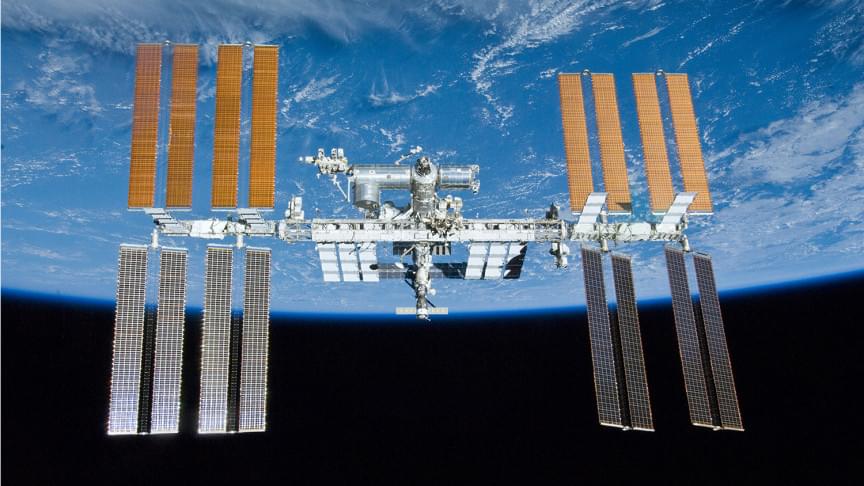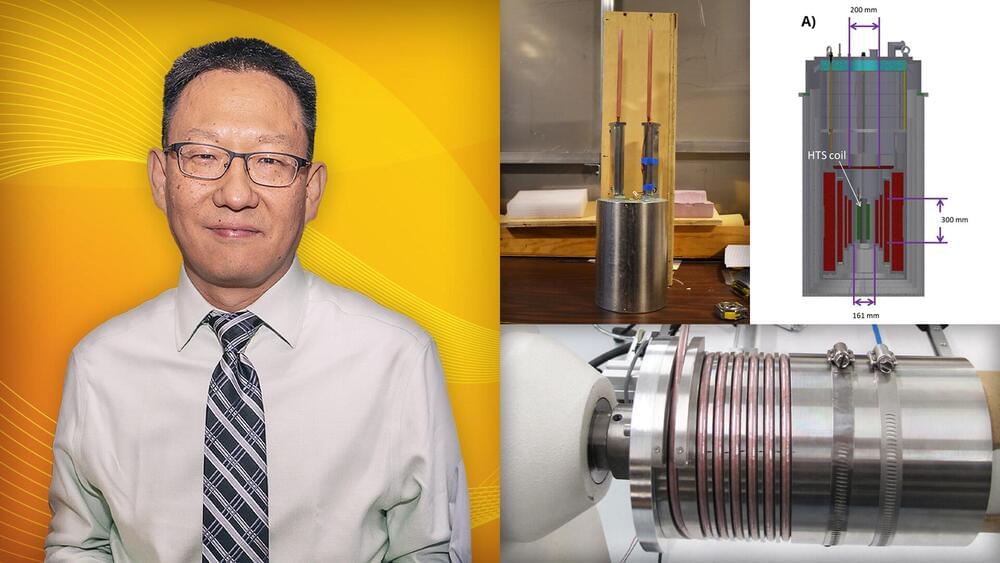
Get the latest international news and world events from around the world.

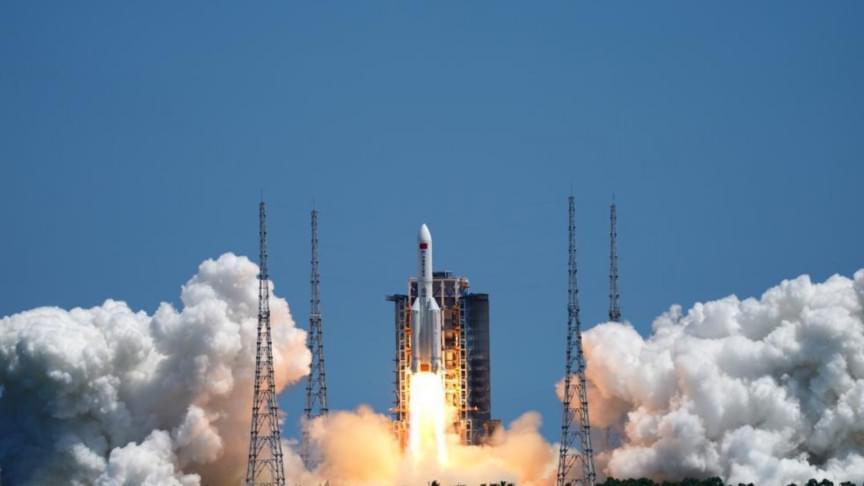
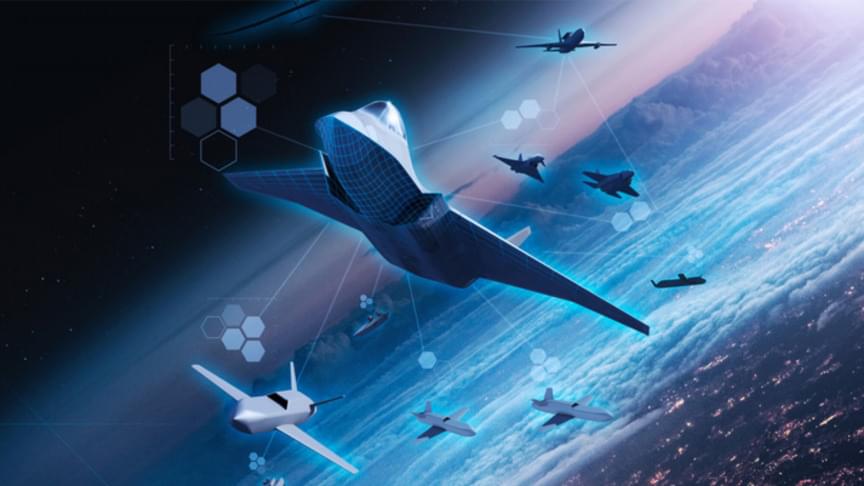

A non-profit removes 100,000 kg of plastic from the ‘Great Pacific Garbage Patch
Another 999 attempts and the trash will be gone forever.
The first 100,000 kg of plastic has now been recovered from the Great Pacific Garbage Patch (GPGP), The Ocean Cleanup, a non-profit organization engaged in removing plastic dumped in oceans, revealed in a LinkedIn post.
Founded in 2013, The Ocean Cleanup is developing technologies that can help remove plastics that are discarded into the oceans as well as intercept them in the rivers before they enter the larger water bodies. The organization’s target is the GPGP in the North Pacific Ocean, where trash from countries in Asia, South America, and North America gathers into a large gyre of debris in the water. ## How does The Ocean Cleanup plan to clear it?
As part of its strategy to clear up the GPGP, the organization built System 001\.
Less than a decade since its founding, The Ocean Cleanup marks a major milestone and gears up for faster and more efficient cleanup in the future.

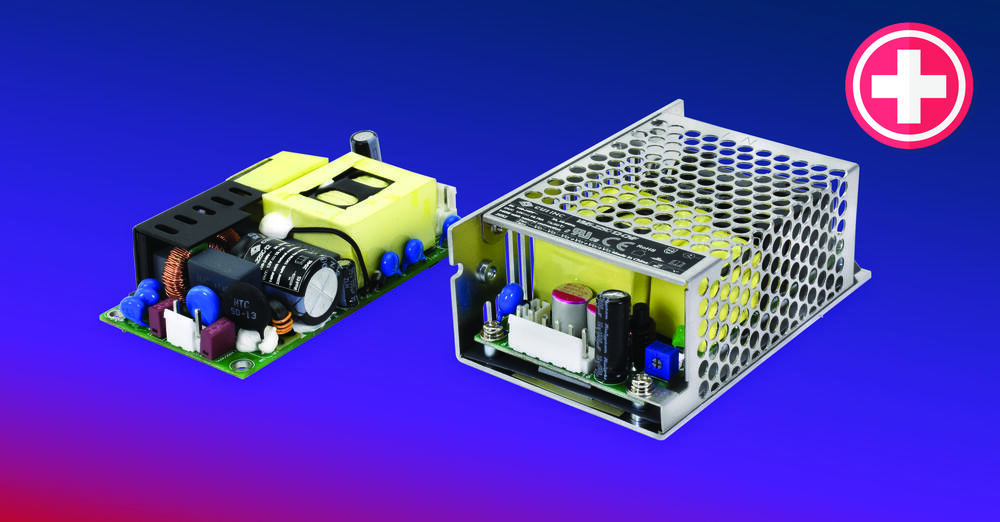
AC/DC power supplies continue to shrink
Whether the AC/DC power supplies are open-frame or enclosed models or even desktop adapters, the latest power devices for medical and industrial applications share a few things in common: They offer a smaller solution size and achieve a higher power density while providing higher efficiency.
In addition, you’ll find that many power supply manufacturers are rolling out flexible and more options to meet the wide range of medical and industrial applications. Cooling and the capability to parallel power supplies are also important factors. Not surprisingly, these AC/DC power supplies also meet a variety of safety approvals and can operate in harsh environments.
Here is a selection of AC/DC power supplies that meet medical and industrial power requirements. In some cases, they meet requirements for both market segments.
Airbus’ retro-looking open fan engine design could cut CO2 emissions
Airbus and CFM International’s collaboration gave us the open fan engine that promises to reduce CO2 emissions.

Natural clean-up: Bacteria can remove plastic pollution from lakes
A study of 29 European lakes has found that some naturally-occurring lake bacteria grow faster and more efficiently on the remains of plastic bags than on natural matter like leaves and twigs.
The bacteria break down the carbon compounds in plastic to use as food for their growth.
The scientists say that enriching waters with particular species of bacteria could be a natural way to remove plastic pollution from the environment.
